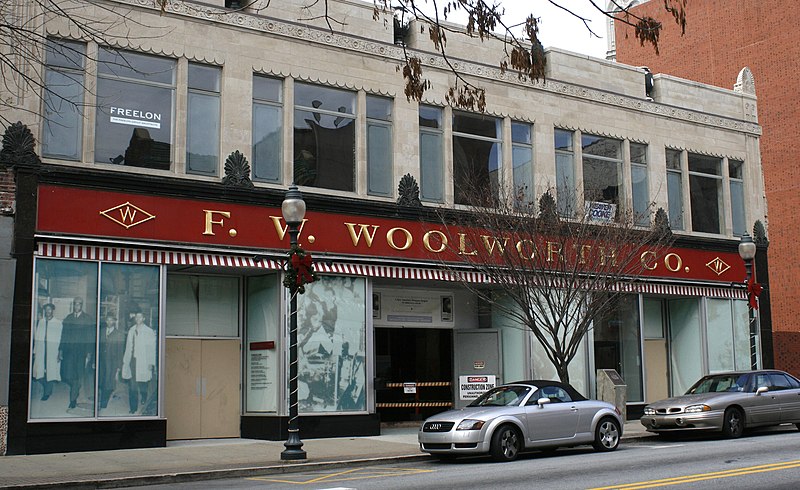It might be a stretch to call Greensboro, North Carolina, a hidden gem. After all, it’s the third biggest city in the state and has more people than Buffalo, New York; Richmond, Virginia; or even St. Louis, Missouri. Still, it’s far from obvious that Greensboro is special if one is merely passing through on their way to the beach or mountains.
My family has visited Greensboro twice for vacation this year. We weren’t stopping for a day going elsewhere. This proves to be a shocker to some in the Raleigh area. “Why Greensboro?” they ask.
Greensboro has an edge and a nostalgic feel. It’s certainly hipper than Raleigh, and the city is packed with history. Walking downtown offers the best of the past and present.
“Greensboro was a great place to grow up,” says Rep. John Hardister, R-Guilford. “It’s a charming city with a mix of small-town and big-city vibes.”
In his comments, Hardister also noted the importance of the city’s history, with its name deriving from Revolutionary War Gen. Nathanael Greene, and the launching of the sit-in movement in 1960, an integral part of the American Civil Rights Movement.
The most famous lunch counters in America are in Greensboro. College students in the city directly confronted the evils of segregation by integrating the lunch counter at Woolworth’s. The sit-in movement rapidly spread across the Southeast and led to the Freedom Rides and voter-registration drives. The International Civil Rights Museum is housed downtown in the old F.W. Woolworth’s building.

Greene, a self-trained military leader, was one of George Washington’s favorite and most trusted generals. Greene and his men were defeated at the Battle of Guilford Courthouse, but the effort provided heavy losses to the Crown’s army and their ability to wage war.
Greene’s maneuvers in the Southern colonies helped seal American Independence by surrounding Gen. Charles Cornwallis’s army at Yorktown. Many places and counties in the country, particularly in the American South, are named after the notorious general from Rhode Island. The downtown statue of Greene is another iconic landmark in the city.
The Greensboro Children’s Museum, the Grasshoppers, and Science Center are a blast for families and kids. McKay’s Bookstore & Record Store is another gem. The downtown public library is yet another treasure trove for those who love books and reading.
“Crafted – The Art of the Taco” and “Natty Greene’s” are just two of the great dining and drinking establishments downtown. The parks in the city are first class.
Greensboro is home to great businesses like Wrangler and Honda Aircraft Company. The city is a higher education hub with many colleges and universities. With more than 13,000 students, North Carolina A&T University is the largest historically black college in the U.S.
Perhaps just as impressive, “Greensboro Woman” is one of the great songs by the legendary singer-songwriter Townes Van Zandt. And Guilford County is mentioned in the very first line of Vince Gill’s masterful tune “Hills of Caroline:”
I was born in Guilford County
Way back up in the pines
It’s where I hold the sweetest memories
In the hills of Caroline
Greensboro is a great American city, not just because of its past or superb restaurants but because of its people. I noted as much when I struck up a conversation with a man in the concessions line at a Grasshoppers game. I ended by asking, “Are you from Greensboro?” He shook his head and said, “No, but I wish I would have made it here sooner.”
Ray Nothstine is Carolina Journal opinion editor and Second Amendment research fellow at the John Locke Foundation.